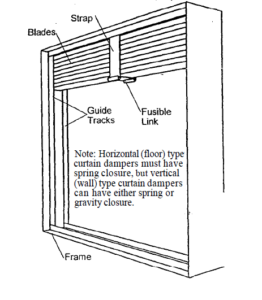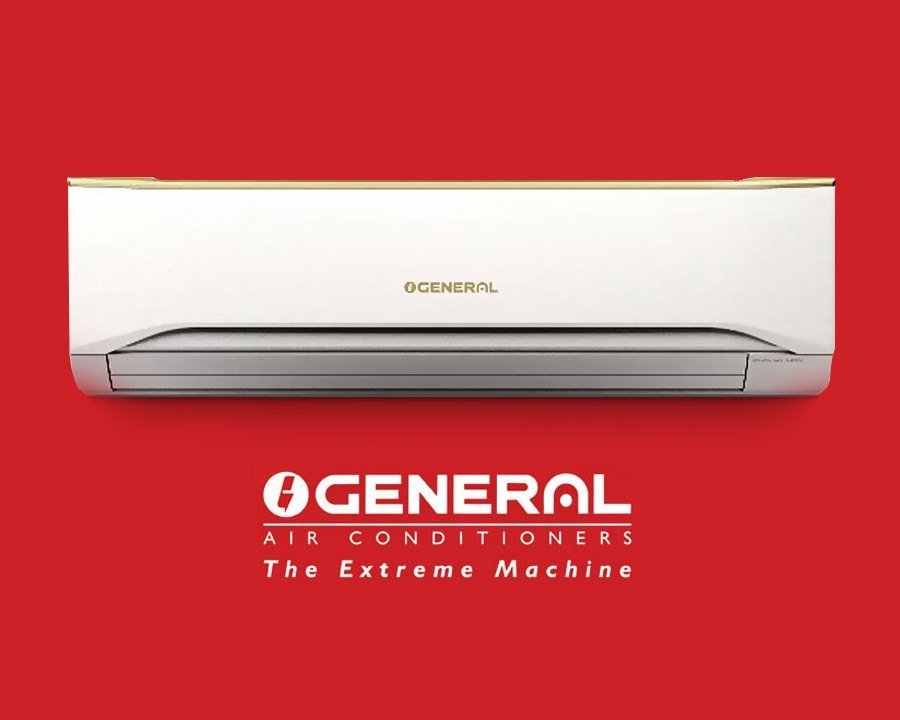A motorized damper is an advanced version of a regular volume damper (VCD) used in HVAC systems. It offers more automation and control over airflow compared to its manual counterpart.
Building on the Volume Damper Analogy:
Imagine the volume damper (VCD) as a simple on/off switch for airflow. A motorized damper is like a smart dimmer switch.
Core Components:
- Regular VCD Base: A motorized damper utilizes the same basic structure as a VCD with a metal blade that pivots within the duct opening to regulate airflow.
- Motor and Actuator: This is the key addition. A small electric motor is connected to the blade via an actuator.
- Control System Integration: The motor receives signals from a building automation system (BAS) or a thermostat.
Operation:
- Signal from Control System: The BAS or thermostat sends a signal indicating the desired airflow adjustment.
- Motor Activation: The motor receives the signal and activates accordingly.
- Blade Adjustment: The actuator connected to the motor precisely positions the blade to achieve the target airflow.
- Open for More Airflow: When more airflow is needed, the motor rotates the blade to a more open position.
- Close for Less Airflow: Conversely, for less airflow, the motor adjusts the blade to a more closed position.
Benefits of Motorized Dampers:
- Automatic Control: They automate airflow adjustments based on real-time temperature needs, leading to improved comfort and energy efficiency.
- Zoning: They enable precise airflow control for individual zones within a building.
- Integration with BAS: Integration with building automation systems allows for centralized control and optimization of the entire HVAC system.
- Fire Safety: Some motorized dampers have fail-safe positions that automatically close in case of a fire, helping to contain smoke and flames.
In essence, motorized dampers provide a dynamic and automated way to manage airflow in your HVAC system, leading to increased comfort, efficiency, and safety.



